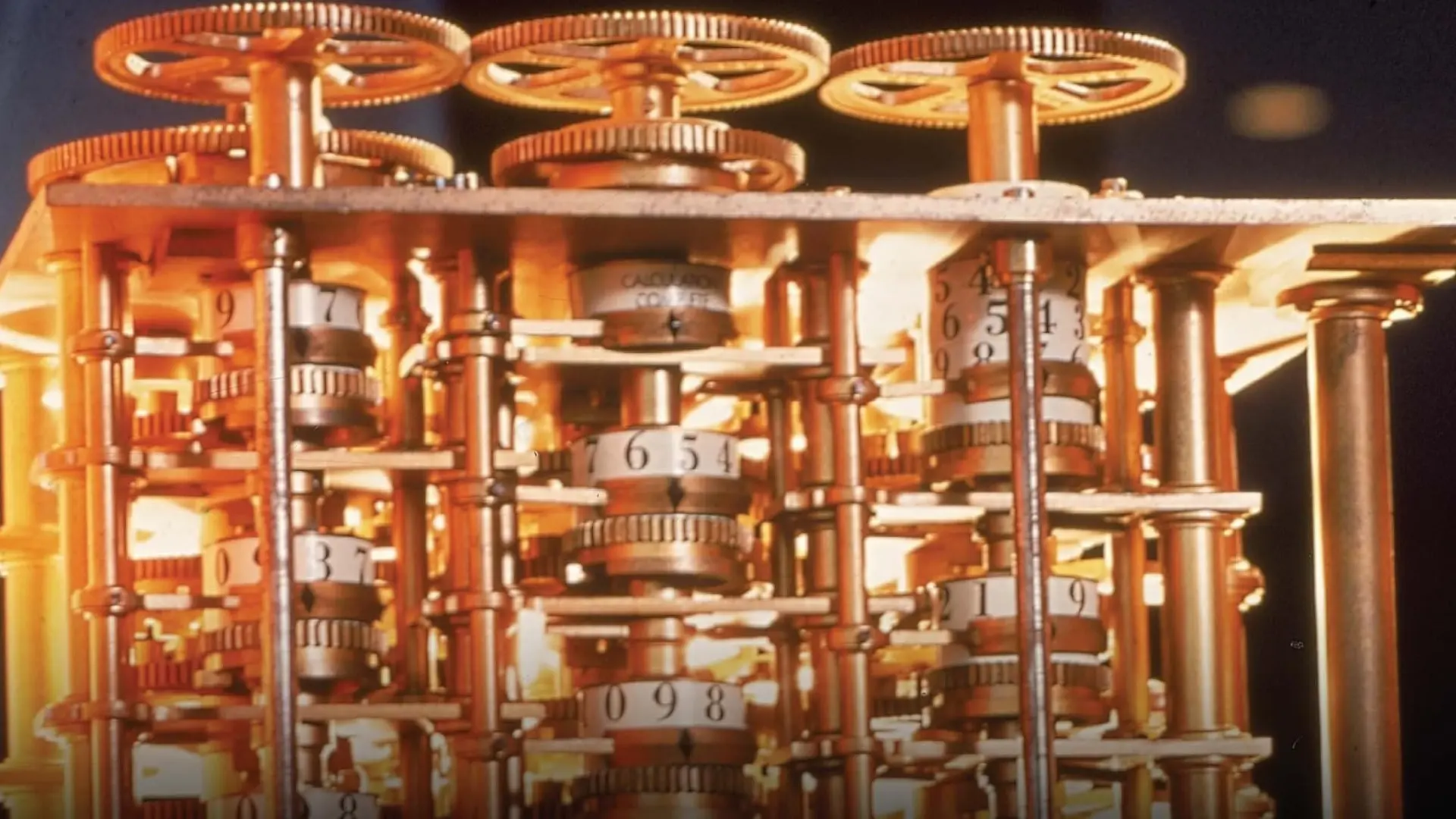Recently, I came across a gem that I would like to share. It’s a book titled “𝗪𝗼𝗿𝗸𝗶𝗻𝗴 𝗘𝗳𝗳𝗲𝗰𝘁𝗶𝘃𝗲𝗹𝘆 𝘄𝗶𝘁𝗵 𝗟𝗲𝗴𝗮𝗰𝘆 𝗖𝗼𝗱𝗲” by Michael Feathers. If you are a software engineer, you will inevitably deal with legacy code such as ancient codebases, code developed by someone else, or even code written by yourself weeks ago that you’ve forgotten about it.
𝗛𝗲𝗿𝗲’𝘀 𝘄𝗵𝘆 𝗜 𝗿𝗲𝗰𝗼𝗺𝗺𝗲𝗻𝗱 𝗶𝘁
- Practical techniques: Proven methods to effectively understand, test, refactor and make changes to legacy code without introducing bugs.
- Inspirational: You will no longer fear making changes. Work with confidence to improve the maintainability of legacy code.
Regardless of whether you are a new software engineer or a seasoned developer, “𝗪𝗼𝗿𝗸𝗶𝗻𝗴 𝗘𝗳𝗳𝗲𝗰𝘁𝗶𝘃𝗲𝗹𝘆 𝘄𝗶𝘁𝗵 𝗟𝗲𝗴𝗮𝗰𝘆 𝗖𝗼𝗱𝗲” is an excellent resource for anyone tackling legacy codebases.
